A terahertz camera based on an upconversion mechanism to the visible range can image both THz polarization state and field strength.
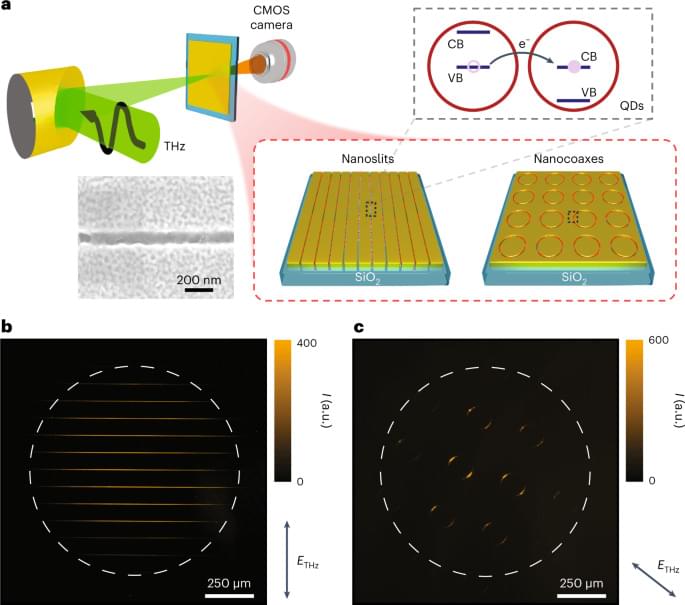

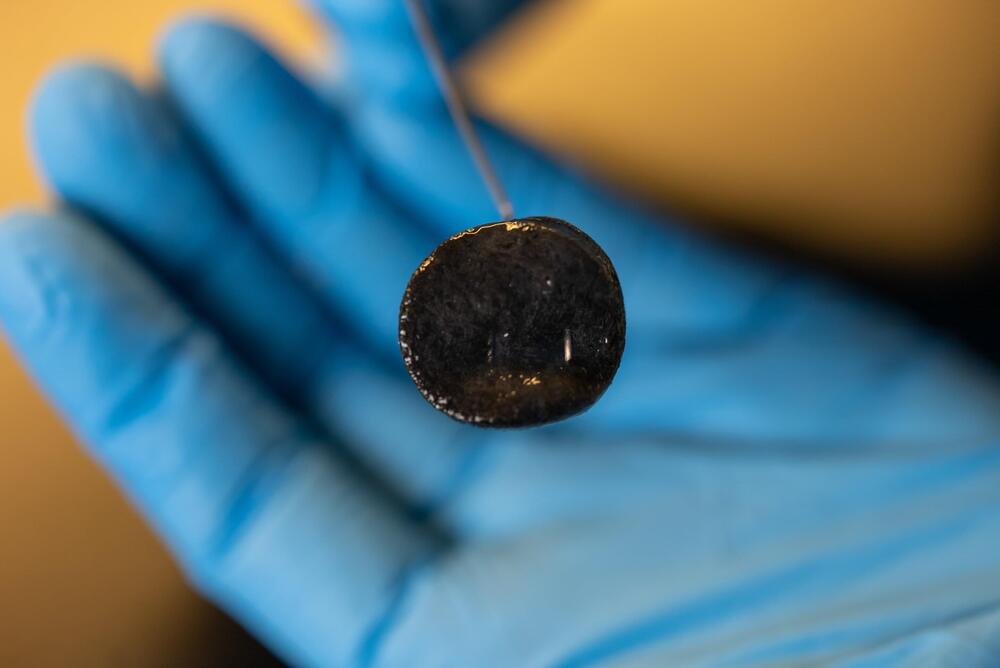
When you hit your finger with a hammer, you feel the pain immediately. And you react immediately.
But what if the pain comes 20 minutes after the hit? By then, the injury might be harder to heal.
Scientists and engineers at Rice University say the same is true for the environment. If a chemical spill in a river goes unnoticed for 20 minutes, it might be too late to remediate.

Programmable bacteria attached to electrodes that deliver a electrical signal when the bacteria detect a target contaminant, enables real-time sensing, reports a study from Rice University. The engineered E.coli and electrodes are encapsulated in an agarose capsule to prevent the bacteria from falling off the electrodes. Prototypes developed by the team can detect contaminants in water such as thiosulfate and an endocrine disruptor in under five minutes.

Sunshine streaming through a window could be directly harnessed for wireless data transmission to electronic devices. KAUST researchers have designed a smart glass system that can modulate the sunlight passing through it, encoding data into the light that can be detected and decoded by devices in the room. The use of sunlight to send data would offer a greener mode of communication compared to conventional Wi-Fi or cellular data transmission.
Basem Shihada had been exploring data encoding into an artificial light source when he had the lightbulb moment to use sunshine. “I was simply hoping to use a cell phone camera to record a video of the encoded light stream to try to decode the video to retrieve the data; that’s when I thought, why not do the same with the sunlight?” Shihada recalls. “This would be much easier and can be done over the cell phone camera too. So we began to explore sunlight as an information carrier,” he says.
The team has now designed a sunlight communication system comprised of two parts. “There is a light modulator that can be embedded in a glass surface and an in-room receiver,” says Osama Amin, a research scientist in Shihada’s labs.

Could we describe and search for proof of technology originating from outside of Earth?
If an alien were to look at Earth, many human technologies — from cell towers to fluorescent light bulbs — could be a beacon signifying the presence of life.
We are two astronomers who work on the search for extraterrestrial intelligence — or SETI. In our research, we try to characterize and detect signs of technology originating from beyond Earth. These are called technosignatures. While scanning the sky for a TV broadcast of some extraterrestrial Olympics may sound straightforward, searching for signs of distant, advanced civilizations is a much more nuanced and difficult task than it might seem. iStock.
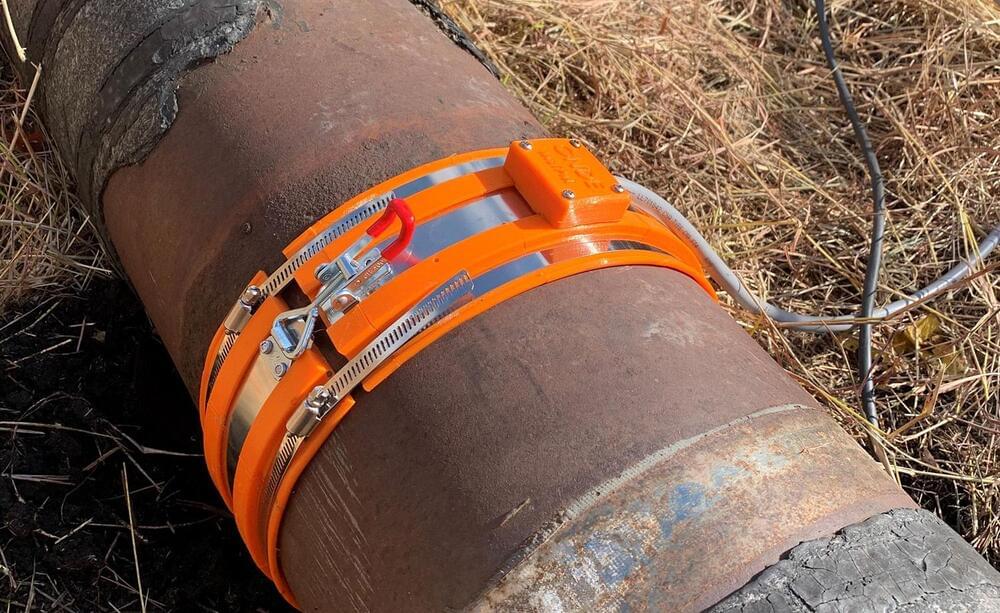
Pipeline corrosion resulting in leaks is very common. There are only a few current methods to detect defects before they cause leaks. Often, the pipe is repaired and re-inspected after a leak occurs.
Now, Southwest Research Institute (SwRI) has created the next generation of transducers that use ultrasonic-guided wave technology to detect anomalies in pipes, enabling users to prevent leaks before they start.
Originally developed by SwRI in 2002, the technology is known as a Magnetostrictive Transducer (MsT) Collar. The updated version has a flat, thin design, which allows it to be used on pipes in tight spaces. The new MsT design also features eight sensors that give the transducer the ability to consistently monitor the pipe’s condition and accurately identify where the pipe corrosion is occurring, hopefully preventing leaks from happening in the first place.
Equipment from a 1937 expedition in the Yukon territory of Canada left by Bradford Washburn was found this year in an expedition started by skier Griffin Post.
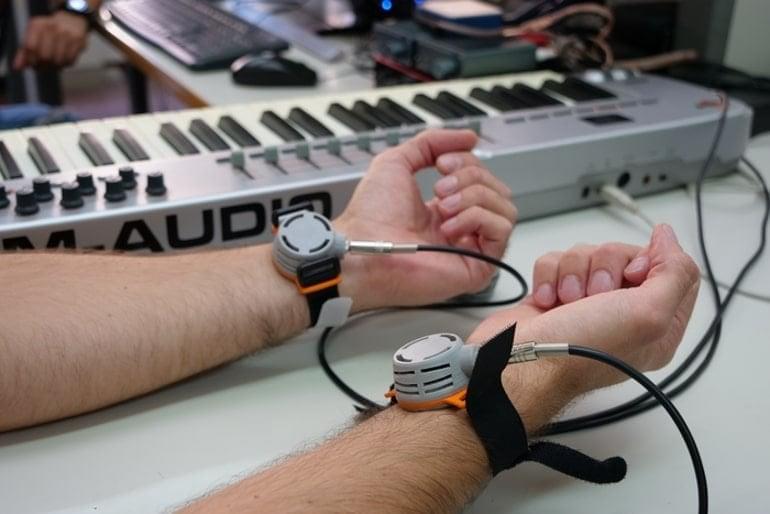
Summary: A pioneering new prototype allows those with hearing loss to “listen” to music through the sense of touch.
Source: University of Malaga.
People with hearing loss will be able to listen to music through the sense of touch thanks to a pioneering prototype that has been devised by researchers of the Department of Electronics of the University of Malaga, members of the R&D group “Electronics for instrumentation and systems”.

We have a serious e-waste problem, according to the international waste electrical and electronic equipment (WEEE) forum. This year alone, 5.3 billion mobile phones will go to landfills, the organization told the BBC on Friday.
Precious minerals left to waste
This means that a lot of the precious minerals that cannot be extracted from waste electronics, such as the copper in wire or the cobalt in rechargeable batteries, will have to be mined, a notoriously polluting activity.
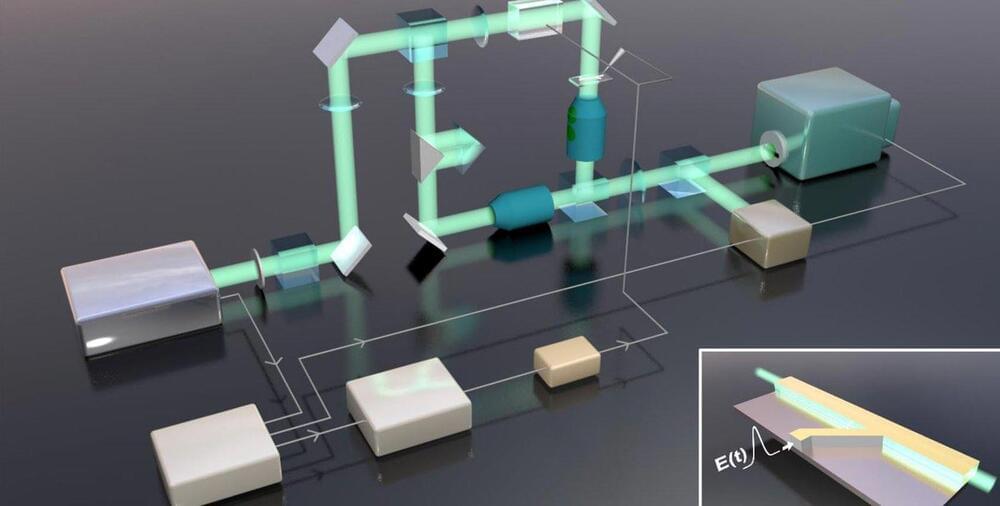
Reach out right now and touch anything around you. Whether it was the wood of your desk, a key on your keyboard, or the fur of your dog, you felt it the instant your finger contacted it.
Or did you?
In actuality, takes a bit of time for your brain to register the sensation from your fingertip. However, it does still happen extremely fast, with the touch signal traveling through your nerves at over 100 miles per hour. In fact, some nerve signals are even faster, approaching speeds of 300 miles per hour.